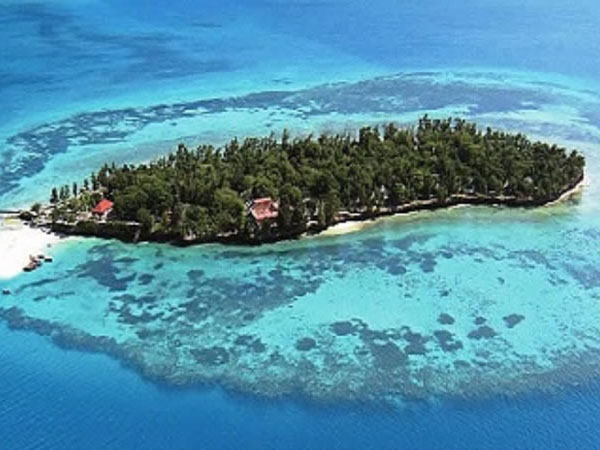TRAVEL: Wandering around Wasini
2 min read
It’s too late and too hot to walk to Mkwiro, a smaller village that until recently housed Global Vision International that had an exciting research programme on marine animals like dolphins, turtles, sharks and whales to establish a baseline of what was passing through our waters that connect with the deeper and larger Pemba channel in neighbouring Tanzania.
A dugout canoe sails to the dhow anchored in Wasini Channel to paddle me to the shores of the island. In a few minutes we’re on the ancient island of fossilised coral. Wasini, once a little village of makuti-thatched, coral rag, single-storey houses, now has a few multi-floored brick buildings coming up. The century-old ‘Arab’ houses are beginning to crumble and be replaced with modern brick.
Our first port of call is to the island restaurant, Kaole. Plate after plate of mouth-watering Swahili dishes waft out of the deceptively simple kitchen. We’re fed crab delivered on wooden platters of which Husni, the waiter, knocks the shell open to show diners how to tease the meat out. The table fills with spiced seaweed with chapati, wali and cassava cooked in coconut milk, and more. We eat to our fill with the ocean breeze cooling the afternoon temperatures.
I opt for a stroll through the village after lunch, through the narrow lanes passing by houses with open doors to let the breeze in. Children play by the baraza and we reach the fat-old baobab that has stood sentinel over the village for hundreds of years.
Wasini has been visited since antiquity by sailors from the East in dhows and junks, using the monsoon winds to land on the East African shores to trade and set up home. Graves of buried ancestors lie by a crumbling ‘Arab’ house of coral rag, with inscriptions barely legible in Arabic.
At the far end of the village, the mangrove and coral gardens stretch to the sea. It’s low tide and the ancient coral sculpted by the waves and the winds look awesome amidst the mangrove forest. At high tide all this would be invisible under the seawater.
By RUPI MANGAT






